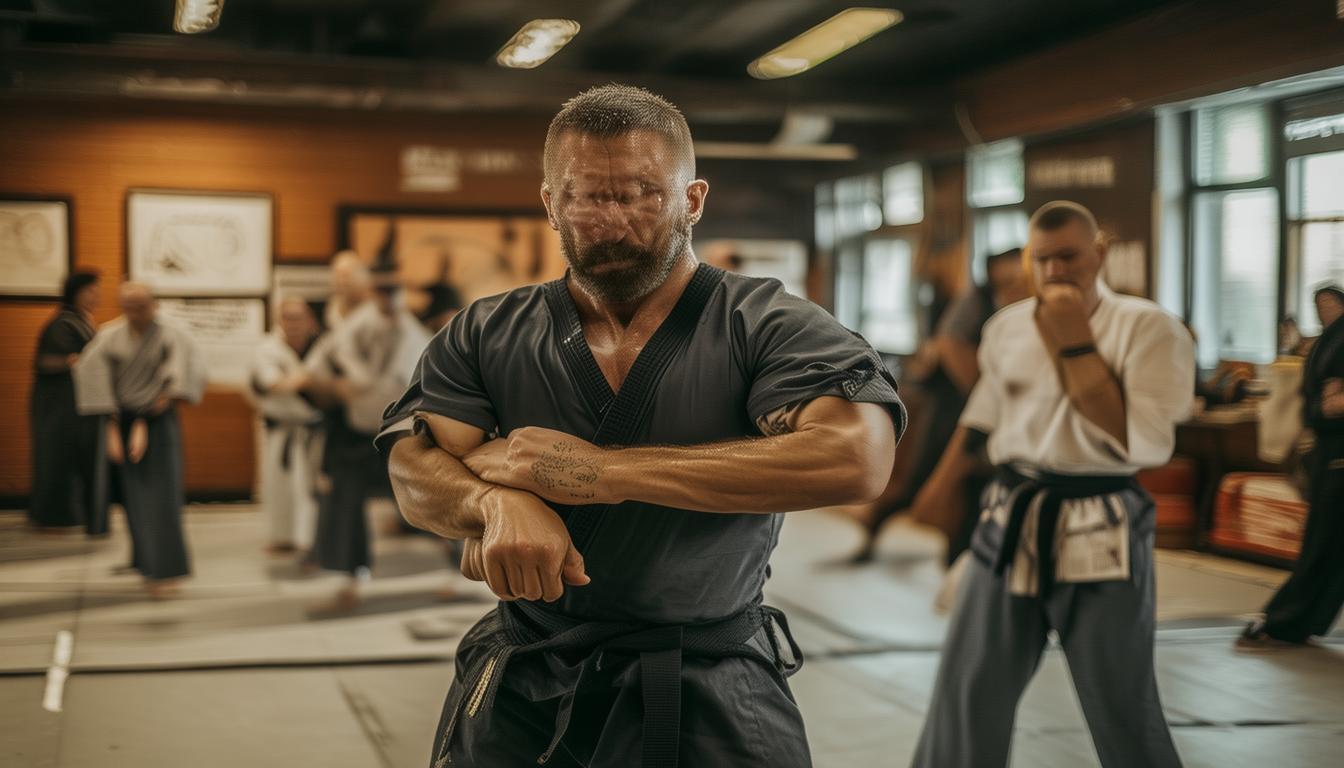Martial tai chi combines self – defense moves with the flowing,meditative aspects of traditional tai chi. It's not just an art form Martial tai chi , but a practical set of fighting skills rooted in ancient Chinese wisdom.
The Historical Roots
Martial tai chi has a rich history stretching back centuries in China. It was originally created as a way for practitioners to defend themselves effectively. Fighters needed a method that was both powerful and efficient, and Martial tai chi met those needs. Many old – time masters developed and refined the techniques, passed down through generations, and today it still bears the marks of its ancient origin.
In the past, Martial tai chi was taught in secret, within families or small, close – knit groups. It was a means of protecting oneself and one's community. This secret helped preserve the art as different schools emerged, each with their own unique features, all branching out from the same core principles that were established long ago.
The Stances and Postures
Thestances in Martial tai chi are fundamental to its effectiveness. Stances like the horse stress give practicers a stable base, allowing for powerful movements. When you stand in a proper tai chi stand, it's like a tree with deep roots, firmly planted in the ground. You can transfer your body's energy to your strikes and defenses.

Postures are equally important. Each one is designed with a specific purpose, whether it's to define an opponent's attack or to launch a counter – strike. For example, the "White Crane Spreads Its Wings" is not just a beautiful – looking pose but a strategic move that can open up an opponent's defenses.
Attacking Techniques
One of the key attacking techniques in Martial tai chi is the use of circular movements. Rather than using straight, direct punches, it employs soft, circular hand motions to redirect and strike an opponent's body. This circular motion makes it hard for an attacker to anticipate the next move.
Another effective attacking method is to use the body's weight and momentum. Instead of relying solely on arm strength, Martial tai chi fighters shift their center of gravity to generate force in their strikes. A single well – timed strike using this method can be extremely powerful and damaging to an opponent.
Defensive Maneuvers
Martial tai chi's defensive maneuvers are based on the principles of redirection and avoidance. Instead of trying to block every incoming blow head – on Tai Chi For Diabetes , practicers use their body's flexibility to deflect and redirect attacks. It's like a flowing river that doesn't resist a rock but gently moves around it.

Joint locks are also an important part of defendensive maneuvers. When an attacker gets too close, a well – executed joint lock can immobilize them, giving the defender time to counter – attack or escape from the situation.
Benefits in Real Life
Beyond the fighting aspect, Martial tai chi provides lots of benefits in real life. It enhances physical balance and flexibility, making daily activities easier. Many people who practice it find that they can move around more freely, without the stiffness that often comes with age.
Mentally, it promotes focus and concentration. During practice, your mind has to be fully engaged,much like how a tightrope walker needs complete attention. This mental discipline can carry over into other areas of life Parkinson Tai Chi , including work and relationships.
Do you think you'd be able to master the art of Martial tai chi with regular practice? If you find this article interesting, don't forget to share it and leave a comment!



Leave a Reply